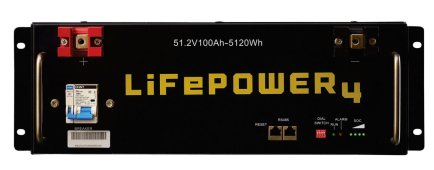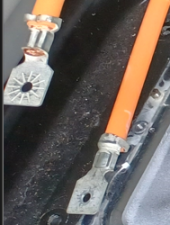John Frum
Tell me your problems
- Joined
- Nov 30, 2019
- Messages
- 15,233
The surface area of the busbar should be equal to or greater than that of the battery terminal.Then the surface area should be the maximum "effective" cross section of the bus bar?
The battery terminal is aluminum and so is the busbar.So if you are counting on using (100-61=) 39% more aluminum, you may hit the surface area limitations first.
The minimum surface area is determined by the battery terminal.
The busbar has three dimensions.
Width which is somewhat determined by the battery terminal.
Length which is determined by the distance between the terminals.
Thickness which is determined by the required fault current.
Since the big blue prismatic cells surge to ~1c and should not be charged at > .5c continuous, that kind of sets an upper limit for the required thickness of the busbars.
Cells should have terminal surface areas commensurate to their charge/discharge c ratings.




